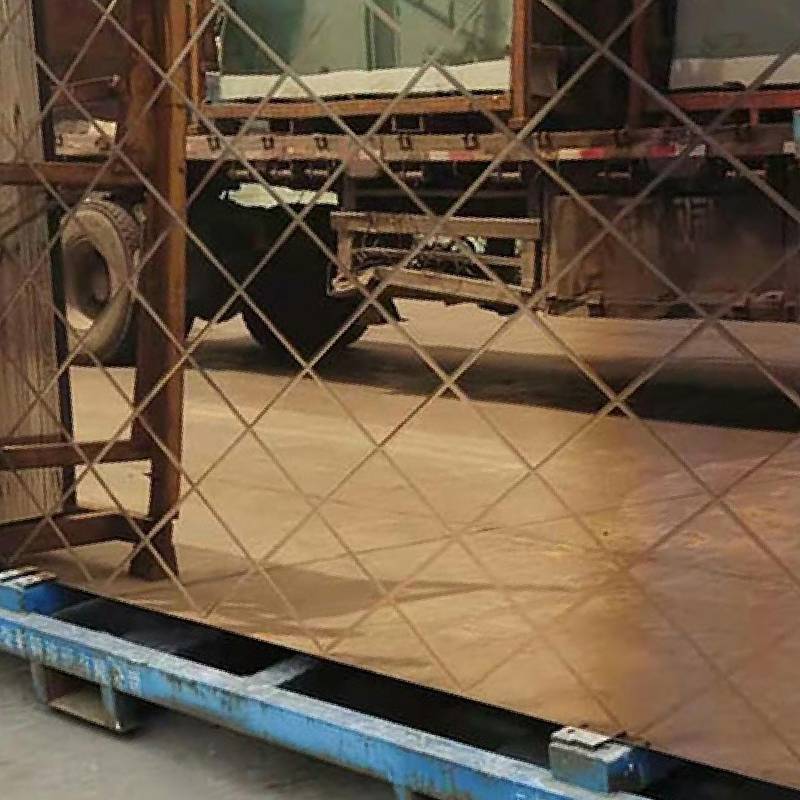The Allure of Float Glass A Vision in Transparency
Float glass, a universally recognized type of glass, has transformed the way we perceive and interact with our environment. From the gleaming windows of skyscrapers to the gentle curves of a shower door, float glass showcases the delicate balance between aesthetics and functionality. This article dives into the fascinating world of float glass, exploring its production, uses, and the innovative technologies that make it a staple in modern design.
Float glass, as the name suggests, is created through the float process. This method, pioneered in the 1950s, involves floating molten glass on a bed of molten tin. The result is a smooth, flat surface that offers superior optical clarity. The float glass process not only provides a level surface but also ensures that the glass is free from impurities and distortions, making it ideal for applications where clarity is paramount. This process has played a significant role in making glass more accessible for a variety of uses in architecture, automotive, and interior design.
The Allure of Float Glass A Vision in Transparency
In addition to its aesthetic appeal, float glass is recognized for its durability and safety. The glass can be treated to enhance its strength and thermal resistance, making it suitable for a range of environmental conditions. For instance, tempered float glass is frequently used in areas prone to impact or breakage, such as storefronts and public buildings. Laminated float glass, which combines two or more layers of glass with an interlayer, adds an extra layer of safety, making it an ideal choice for skylights and balustrades.
float glass video
The advancements in float glass technology have also led to the development of specialized coatings and treatments. These innovations improve the energy efficiency of buildings by reflecting heat and reducing glare. Low-emissivity (Low-E) coatings are particularly influential, minimizing the transfer of heat and UV radiation while maximizing natural light. As a result, they help in reducing energy consumption, making buildings more sustainable and environmentally friendly.
Moreover, the use of float glass is not limited to architecture. In the automotive industry, it is a crucial component in the design of car windows, mirrors, and windshields. Its clarity ensures a safe driving experience, while its strength protects against breakage in accidents. Float glass also finds its way into electronics, where it is used in screens and displays, demonstrating its importance in our daily lives.
As we embrace the future, the demand for float glass continues to grow, driven by urbanization and the proliferation of eco-friendly building practices. The ongoing research and development in glass technologies promise even greater advancements, potentially leading to ultra-lightweight, self-cleaning, or energy-harvesting glass materials.
In conclusion, float glass represents a harmonious blend of beauty, durability, and innovation. Its journey from molten liquid to a staple of contemporary architecture and design reflects the ever-evolving relationship between technology and aesthetics. As we look forward to future innovations, float glass will undoubtedly continue to play a pivotal role in shaping our built environment, offering clarity and transparency that beautifully connect us to the world outside.
 Afrikaans
Afrikaans  Albanian
Albanian  Amharic
Amharic  Arabic
Arabic  Armenian
Armenian  Azerbaijani
Azerbaijani  Basque
Basque  Belarusian
Belarusian  Bengali
Bengali  Bosnian
Bosnian  Bulgarian
Bulgarian  Catalan
Catalan  Cebuano
Cebuano  Corsican
Corsican  Croatian
Croatian  Czech
Czech  Danish
Danish  Dutch
Dutch  English
English  Esperanto
Esperanto  Estonian
Estonian  Finnish
Finnish  French
French  Frisian
Frisian  Galician
Galician  Georgian
Georgian  German
German  Greek
Greek  Gujarati
Gujarati  Haitian Creole
Haitian Creole  hausa
hausa  hawaiian
hawaiian  Hebrew
Hebrew  Hindi
Hindi  Miao
Miao  Hungarian
Hungarian  Icelandic
Icelandic  igbo
igbo  Indonesian
Indonesian  irish
irish  Italian
Italian  Japanese
Japanese  Javanese
Javanese  Kannada
Kannada  kazakh
kazakh  Khmer
Khmer  Rwandese
Rwandese  Korean
Korean  Kurdish
Kurdish  Kyrgyz
Kyrgyz  Lao
Lao  Latin
Latin  Latvian
Latvian  Lithuanian
Lithuanian  Luxembourgish
Luxembourgish  Macedonian
Macedonian  Malgashi
Malgashi  Malay
Malay  Malayalam
Malayalam  Maltese
Maltese  Maori
Maori  Marathi
Marathi  Mongolian
Mongolian  Myanmar
Myanmar  Nepali
Nepali  Norwegian
Norwegian  Norwegian
Norwegian  Occitan
Occitan  Pashto
Pashto  Persian
Persian  Polish
Polish  Portuguese
Portuguese  Punjabi
Punjabi  Romanian
Romanian  Russian
Russian  Samoan
Samoan  Scottish Gaelic
Scottish Gaelic  Serbian
Serbian  Sesotho
Sesotho  Shona
Shona  Sindhi
Sindhi  Sinhala
Sinhala  Slovak
Slovak  Slovenian
Slovenian  Somali
Somali  Spanish
Spanish  Sundanese
Sundanese  Swahili
Swahili  Swedish
Swedish  Tagalog
Tagalog  Tajik
Tajik  Tamil
Tamil  Tatar
Tatar  Telugu
Telugu  Thai
Thai  Turkish
Turkish  Turkmen
Turkmen  Ukrainian
Ukrainian  Urdu
Urdu  Uighur
Uighur  Uzbek
Uzbek  Vietnamese
Vietnamese  Welsh
Welsh  Bantu
Bantu  Yiddish
Yiddish  Yoruba
Yoruba  Zulu
Zulu 

